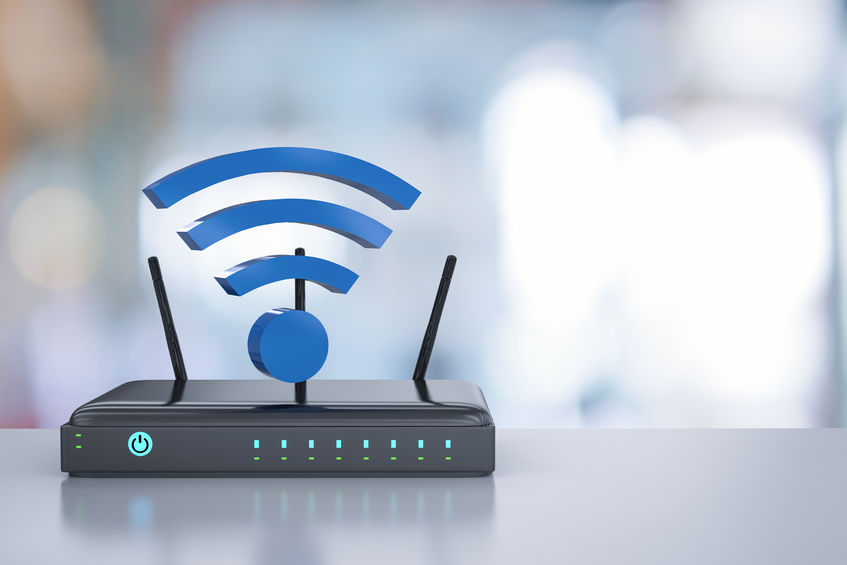Earlier this week, on October 23, 2020, the Federal Communications Commission issued wireless spectrum licenses to Indian tribes through the FCC’s first-of-its-kind Rural Tribal Priority Window. The FCC granted 154 applications to use the 2.5 GHz band spectrum.
The list of tribes receiving licenses is available here.
The FCC announced that the issuance of these licenses to Indian tribes will help to close the digital divide and provide broadband and other advanced wireless services, including 5G, to rural Tribal communities. Tribes need reliable broadband internet now more than ever to support economic opportunities and to provide access to essential services such as remote classroom instruction, online learning programs, health care, digital commerce, and remote working.
The FCC Rural Tribal Priority Window provided Tribes an opportunity to obtain licenses for 2.5 GHz band spectrum on tribal lands prior to opening these areas up for auction to other wireless and communications companies.
Tribes that received these licenses need to keep in mind FCC time periods for putting their spectrum to use. FCC set two buildout time-period requirements:
First, within two years of receiving their license, Tribes must submit evidence to the FCC that they are providing service coverage to 50 percent of the population in their license area. This means that half of a Tribe’s population must be able to access the service—even if they are not actively using the service.
Second, within five years of receiving a license, Tribes must show that they are providing service coverage to 80 percent of their population.
If a Tribe does not meet the first buildout requirement of providing 50-percent coverage within two years, the Tribe can continue working toward second buildout requirement of providing 80- percent coverage, but the FCC will reduce the overall buildout time period from five years to four years. As a result, Tribes should work to meet the first two-year requirement so that the overall time period is not shortened. Failure to provide 80-percent coverage within the overall time period could result in a Tribe’s license being cancelled.
The FCC is also requiring that Tribes not sell or transfer their licenses until after these buildout requirements are met. Tribes are allowed to lease their spectrum during the buildout period. If a Tribe chooses to lease its spectrum, service provided by the lessee will count towards the buildout requirement.
With these FCC licenses, Indian tribes can deploy 5G networks within tribal lands to support many wireless technology services, such as telemedicine, cellular phones, precision agriculture, and internet service. In addition to commercial uses, the 2.5 GHz band can be used for educational, public health, and governmental purposes. Even if a Tribe is not yet ready to construct and develop its own 5G networks, Tribes can lease their spectrum to companies that build and provide wireless and internet service.
Many software and wireless companies are already contacting Tribes about these new opportunities. Our attorneys can help Tribes plan for their own buildout, and we also can help Tribes navigate the business and commercial transactions needed to lease their wireless spectrum.
Patterson Earnhart Real Bird & Wilson LLP has offices in Louisville, Colorado, and Washington, DC. To learn more, visit nativelawgroup.com.
Patterson Earnhart Real Bird & Wilson LLP is dedicated to the representation of American Indian tribes, tribal entities, and individual Indians across the United States. Our mission is to support and advance the sovereignty, self-sufficiency, and self-governance of our tribal clients. We take time to listen to, and fully understand, our clients’ concerns so we can develop responsive and appropriate solutions.

